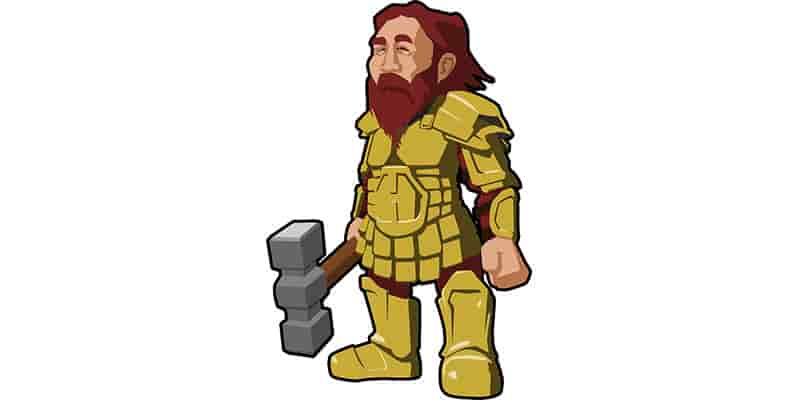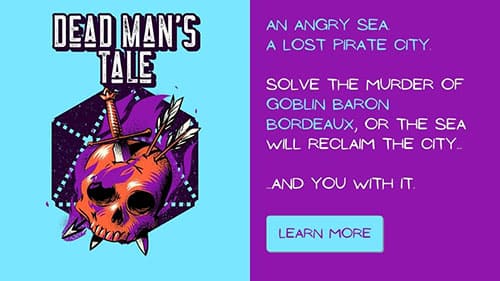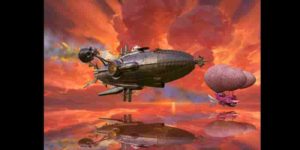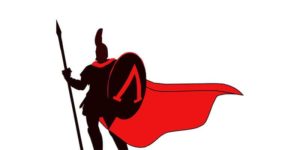When building a mountain dwarf character in Dungeons and Dragons 5e, consider the following thematic elements and classes:
Mountain Dwarves in DnD 5e are people of the earth—strong, sturdy and with rough edges. Though short, this powerhouse race is nothing to smirk at, making for excellent melee warriors with high Strength and Constitution. Thematically, I’m going to stick to this character’s earthen origins—playing off the ancient theme of dwarves as master blacksmiths and durable warriors.
- Mountain dwarf culture and backgrounds
- +2 Strength/+2 Constitution and unique abilities
- Fighter Rune Knight
- Barbarian Path of the Beast
- Cleric Forge Domain
Mountain dwarf culture and backgrounds
Grouchy, hardworking and long-lived, mountain dwarves in DnD 5e are much like Tolkien’s dwarves. They live in vast underground kingdoms beneath mountains, mining gems, ore and gold. Therefore, their kingdoms have long histories of wealth and glory, making the clan an important element in a dwarf’s life.
In particular, mountain dwarves are sturdy and strong, gaining one of the best ability score bonuses in the game (+2 Strength / +2 Constitution). This subtype of dwarf is larger than the hill dwarves or halflings and by far the strongest.
Dwarven adventurers can pull from notions of honor and ancient nobility. Perhaps some dwarven warriors have been ousted from their homeland (like in The Hobbit). Other dwarves can be in love with gems, precious metals and materials imbued with magic, seeking adventure to find these precious objects.
+2 Strength/+2 Constitution and unique abilities
Though all dwarves gain a +2 Constitution modifier, the mountain dwarf gains an additional +2 Strength. This heavy-hitting combination gives this character a serious boost in power and durability.
Naturally, these tunnel miners gain Darkvision. Plus, their natural Dwarven Resilience grants me advantage on poison saving throws and resistance against poison damage. Dwarven Combat Training gives me proficiency in battleaxes, hand axes, warhammers and throwing hammers. Along with this, mountain dwarves gain Dwarven Armor Training, so I can wear light and medium armor as is.
Then, I’ll choose a Tool Proficiency, with smith’s tools, brewer’s supplies and mason’s tools as options for my craftwork. Finally, Stonecunning gives me X 2 proficiency bonus to History checks made about stone works. This last ability is subtle but can be used in interesting ways.
Related Posts:
Guide to Building a Dwarf Tank Paladin: DnD 5e
| Guide to Building Underground Campaigns: DnD 5e
|
Fighter Rune Knight
A rune knight class can take advantage of my powerhouse build and toughness. Plus, this class taps into the Nordic origins that dwarves share with the likes of giants (the base inspiration for the class). Also, this class gives me proficiency with smith’s tools, so I can choose another tool proficiency from the dwarf list at level 1 and be multifaceted with my handywork.
First, I’ll begin with basic fighter abilities like Second Wind, Action Surge and Extra Attack. Second Wind grants me a little extra HP when my health is low. Then, Action Surge gives me a once-a-day extra action in combat. Most likely, I’ll use this extra action for another attack. However, Extra Attack will give me the opportunity to make another attack when I take the attack action—a two-for-one, if you will.
At level 3, the I’ll gain my first rune knight abilities: Rune Carver and Giant’s Might.
Rune Carver gives me the ability to carve magic runes into my equipment—shields, armor, weapons, etc. These runes trigger different effects, ranging from magic damage, enhancements, resistances and abilities related to the different elemental giants they come from. I’ll need to finish a short or long rest between uses, and I gain 2 runes to start, growing to 3 at level 7.
Giant’s Might flips the script on my dwarf stature, increasing my size to Large as a bonus action. In this state, I’ll have advantage on Strength checks and saving throws and dish out an extra 1d6 damage with my strikes.
Click here for my complete Rune Knight Guide.
Barbarian Path of the Beast
The barbarian class can work well off the mountain dwarf’s heavy Strength and Constitution bonuses. Naturally, the warhammer or battleaxe would be fantastic for a barbarian archetype. Also, I could use my high Strength for damage and attack rolls and high Constitution for Unarmored Defense. However, Tasha’s Cauldron of Everything gave me an idea for a mountain dwarf Wolverine character with Path of the Beast.
Though I’ll gain several abilities to increase my speed, athleticism and hunting senses, the barbarian’s main feature is Rage. In this state of Rage, I gain the following benefits:
- Advantage on Strength saving throws or checks.
- Special bonus to damage rolls.
- Resistance to bludgeoning, slashing and piercing damage.
Path of the Beast taps into primal magic, transforming my body into monstrous forms for combat when I enter a Rage. With Form of the Beast, I can make the following transformations.
- Bite: my mouth turns into a beast’s maw, perhaps something like a bear. I deal 1d8 + Strength damage and take a chunk out of my foe. If I have less than half my HP left, this gives me HP equal to my proficiency bonus.
- Claws: Each hand turns into clawed 1d6 weapons. Once per turn, I can make an extra attack with my other clawed hand. For flavor, I can use these claws like Wolverine’s claws.
- Tail: I grow a long, whip-like tail that deals 1d8 piercing damage with the reach property. If a creature I can see within 10 feet hits me with an attack roll, I can roll 1d8 and add it to my AC. This seems more of a strange option for a dwarf, but that’s what we’re here for.
Click here for a complete Path of the Beast build.
Cleric Forge Domain
Clerics can act as healers and warriors backed by divine power—often taking the tank role, protecting friends from undead, demons and general disarray. Dwarves are classic in this role, using treasured objects as divine symbols and crushing zombie skulls with warhammers. However, the most dwarf-centric domain is the Forge domain, which adds enhanced metallurgy and fiery spells to my character.
Related Posts:
Guide to Building a Steampunk Campaign: DnD 5e
| Guide to Building a Paladin Oath of Glory: DnD 5e
|
No matter my domain, my cleric will be ready to turn and destroy undead. It’s just built into the class. Now, I get to combine a smith character with a calling to combat the undead.
Once again, Forge Domain clerics are a subclass that grants me proficiency with smith’s tools and heavy armor. However, now I can create special armor and weapons. Blessings of the Forge allows me to grant a +1 damage to weapons or +1 AC to armor for a day (or until I die). Later, I’ll be able to construct small items with Artisan’s Blessing. Plus, level 8 grants me a fiery Divine Strike.
Also, I’ll gain access to spells such as identify, searing smite, heat metal, magic weapon, elemental weapon and more creative or fire-based options.






